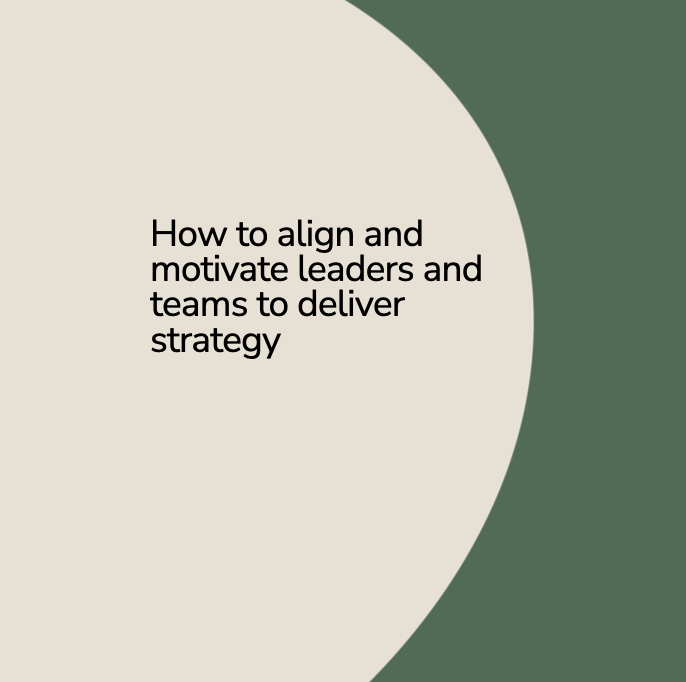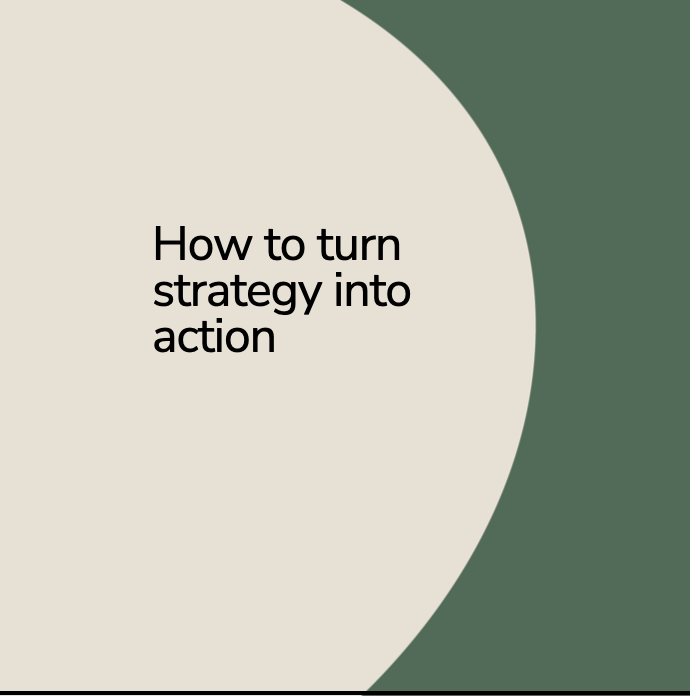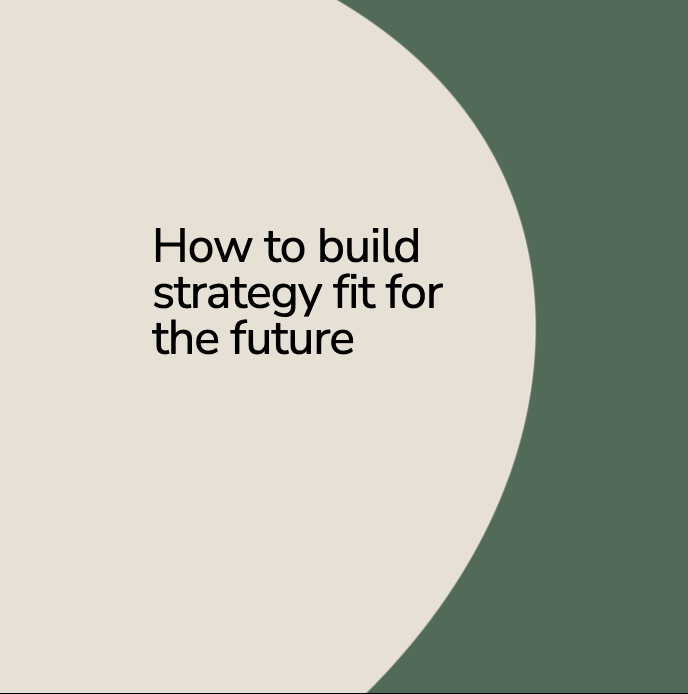How to Align and Motivate Leaders and Teams to Deliver Strategy
“Alignment is not about agreement. It’s about commitment.”
This article explores how leadership teams can create a shared narrative, build trust, and motivate people so that strategy lives beyond the boardroom and drives daily action
How to turn strategy into action
This article shows how leadership teams can close the strategy–execution gap by setting meaningful OKRs and KPIs, breaking them into milestones, assigning ownership, and making time for the work that shifts the dial.
How to create a strategy that is fit for the future
Strategy isn’t a plan to file away - it’s a living framework that must adapt, engage stakeholders, and look to the future. This article explores how leadership teams can create strategies that are resilient, relevant, and fit for the world ahead.
How to Run a Successful Strategy Day for Your Leadership Team
Discover how to plan and run a successful Strategy Workshop, Away Day or Off-site.
Start with these 10 questions to ask before planning Stategy day and find tips on structure, tools and faciliation.
Planning an Offsite or Away Day? Start With These 10 Questions
Planning a leadership offsite or team strategy day? These 10 essential questions will help you design a session that delivers clarity, connection and real results — not just good intentions.
Do I need a Facilitator for my Away Day or Offsite?
Team away days, off-sites, leadership strategy, brand or culture workshops can be brilliant opportunities to reconnect, realign and refocus your people. But how do you make sure that they don’t feel like a waste of time and that you create meaningful impact and tangible results?
This article explores the benefits of using an external Facilitator to design and run your meeting.






